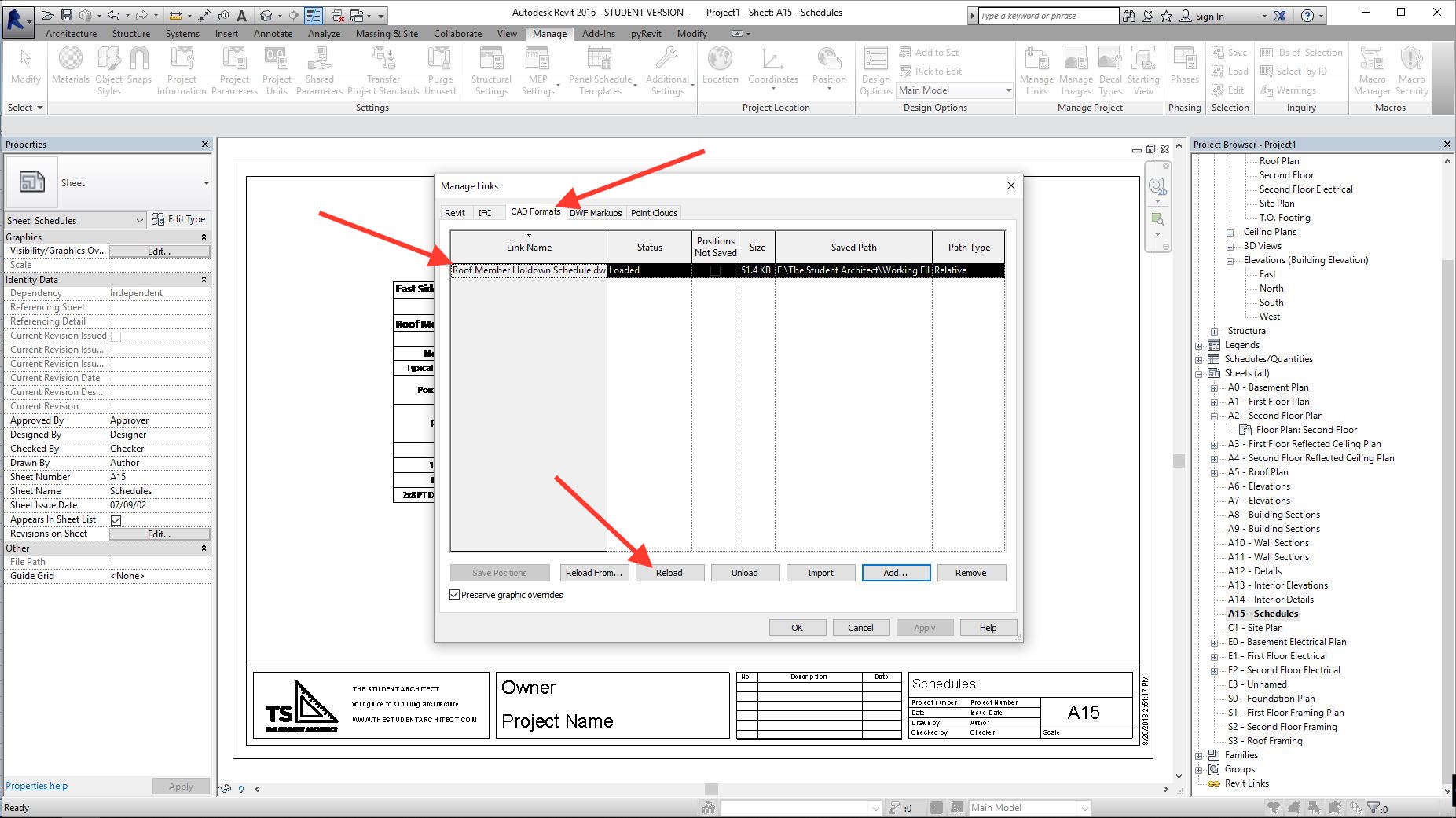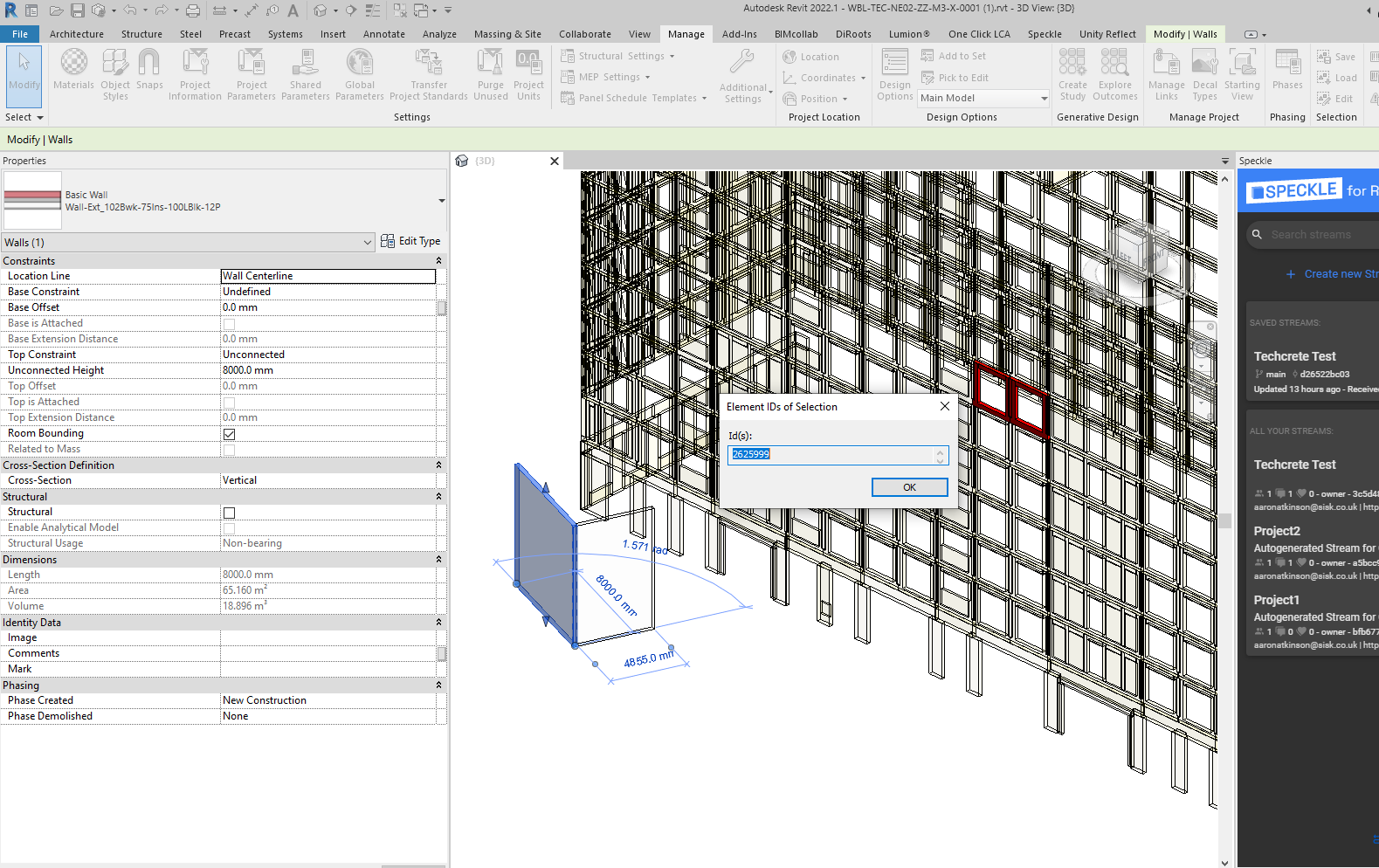Opening New Capabilities: Enhance Revit Tools with the Right Plugins
Wiki Article
Grasping the Art of Information Integration: Exactly How to Seamlessly Import Excel Record Into Revit
Are you having a hard time to import Excel documents into Revit smoothly? Look no more! In this article, we will assist you via the process of grasping the art of information integration. Discover the significance of smooth assimilation in Revit and explore the Excel data layout for Revit assimilation. Get prepared to prepare your Excel information effortlessly and follow our step-by-step overview to import documents into Revit. With our finest methods, you'll attain data combination success in a snap. Allow's begin!Comprehending the Value of Information Combination in Revit
Comprehending the value of information combination in Revit is crucial for seamless importing of Excel files. It allows you to efficiently take care of and upgrade details throughout the whole job when you integrate information from Excel right into Revit. This assimilation makes certain that your style and construction procedure is precise and updated.By incorporating information, you can conveniently import and update criteria, timetables, and also geometry in Revit. This gets rid of the demand for hands-on information entry, saving you time and minimizing the threat of mistakes. With Revit's data combination capacities, you can preserve uniformity and precision in your job, while likewise boosting collaboration among employee.

Exploring the Excel Documents Layout for Revit Assimilation

In order to efficiently incorporate Excel data into Revit, it is essential to ensure that the information is formatted appropriately. This includes properly labeling rows and columns, in addition to structuring the data in a manner that works with Revit's data schema. Revit utilizes certain specifications and categories to arrange data, so it is essential to line up the Excel data with these criteria to guarantee a smooth assimilation.
Additionally, it is very important to note that Revit just supports particular data kinds when importing from Excel. These include message, numbers, and dates. Any various other data types, such as solutions or conditional formatting, will certainly not be recognized by Revit and might cause problems throughout the combination procedure.
Preparing Your Excel Information for Seamless Import Into Revit
To make certain a smooth integration process, you'll require to appropriately layout and label the columns and rows in your Excel data prior to importing it right into Revit. Start by examining your Excel information and recognizing which rows and columns include relevant details for your Revit task.Next, make certain that the data in each column is properly formatted. For instance, if you have a column for measurements, see to it that all dimensions are continually formatted in the same units of measurement. Revit counts on consistent formatting to properly interpret and import information.
In addition, it is essential to inspect for any kind of vacant cells or inconsistencies in your data. Revit may not be revit add ins able to read or import information from cells that are empty or contain mistakes. Therefore, it is recommended to examine your Excel information and tidy up any inconsistencies prior to importing it into Revit.
Step-By-Step Guide to Importing Excel Record Into Revit
When you've properly formatted and identified your Excel data, you can conveniently import it into Revit by following this detailed overview. To begin, open Revit and browse to the "Insert" tab. Click on "Import CAD" and pick "Import Excel" from the dropdown menu. A new home window will show up, asking you to locate the Excel documents you wish to import. Surf your computer and pick the Excel data, then click "Open."Next, a dialog box will certainly appear, permitting you to customize the import setups. Below, you can select the worksheet you intend to import, specify the series of cells to import, and pick the suitable devices for your data. When you have actually made your choices, click "OK" to proceed.
Revit will now present a preview of your Excel data. Take a minute to guarantee and examine the preview that whatever looks right. If required, you can make adjustments to the import setups by clicking the "Settings" button.
Ideal Practices for Information Integration Success in Revit
Ensure you adhere to these best practices to make sure effective assimilation of data in Revit. It is critical to organize your data in Excel before importing it into Revit. This indicates guaranteeing constant calling conventions, correct format, and exact information representation. Next, use Revit's built-in tools for data mapping. This will enable you to match the columns in your Excel data with the equivalent criteria in Revit. Bear in mind the units and data types when mapping the data, as any discrepancies can result in errors in the assimilation procedure.Another essential method is to regularly verify and update your information. In addition, make usage of data recognition devices within Revit to recognize any errors or incongruities in the integrated information.
Finally, it is recommended to develop a clear workflow for information integration. This consists of defining duties and functions, establishing up an interaction network between staff member, and developing a regular tempo for information updates and evaluations. By adhering to these best methods, you can ensure a successful and seamless integration of information in Revit, ultimately boosting the efficiency and accuracy of your project.
Verdict
In final thought, grasping the art of data combination is important for smooth import of Excel files into Revit. Comprehending the value of data combination in Revit is the very first step towards successful integration.When importing information from Excel right into Revit, it is vital to recognize the data style and exactly how it can impact the combination process (revit tool). Revit makes use of certain specifications and classifications to organize data, so it is important to align the Excel information with these criteria to make sure a seamless combination
Be mindful of the information and systems types when mapping the data, as any kind of disparities can lead to mistakes in the combination process.
Additionally, make usage of information validation tools within Revit to identify any kind of mistakes or variances in the integrated data.

Report this wiki page